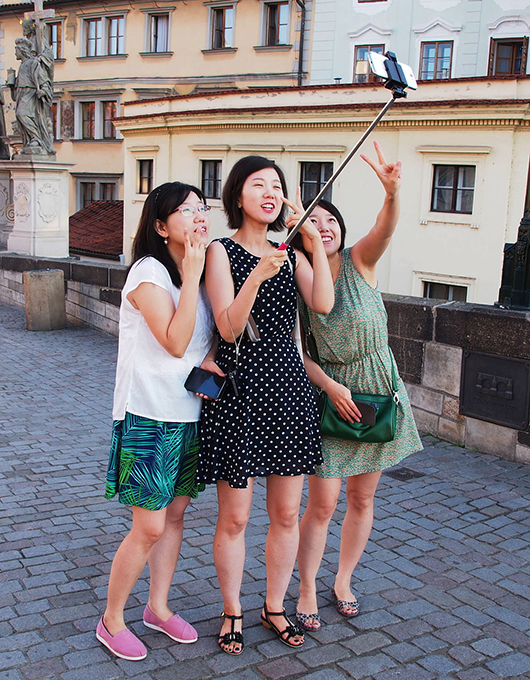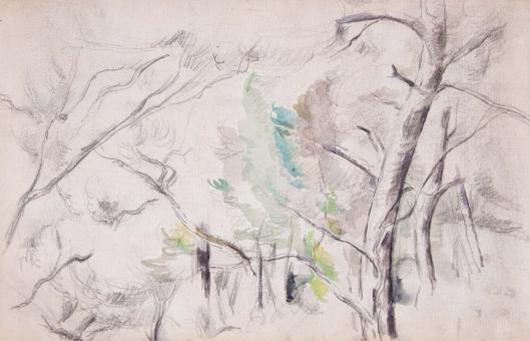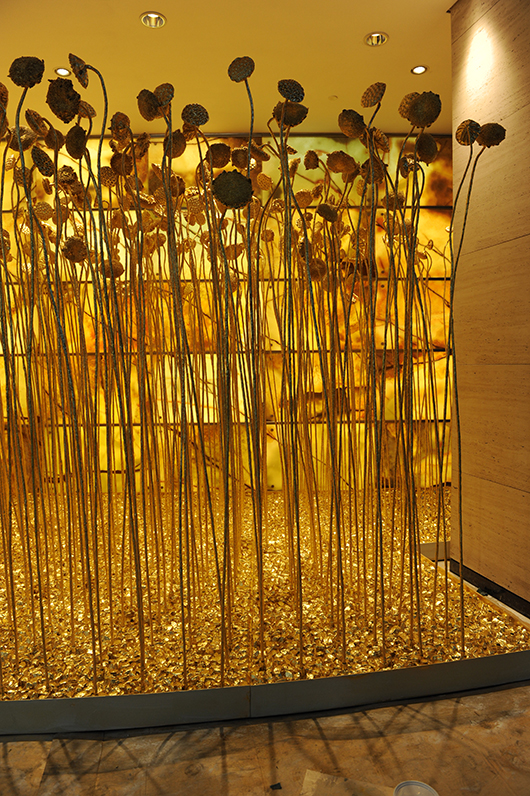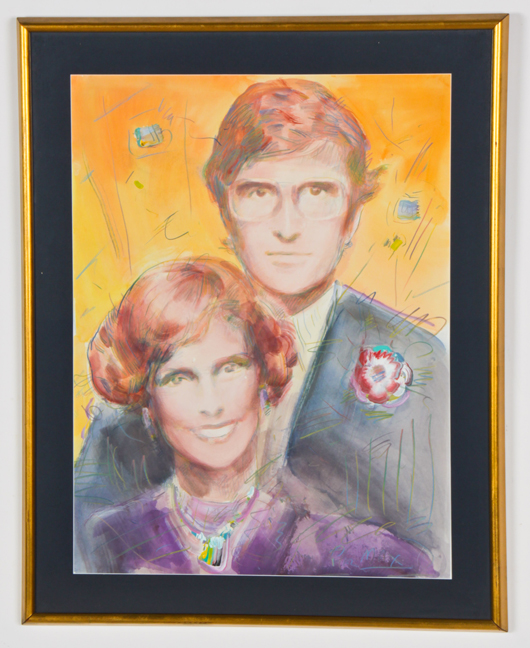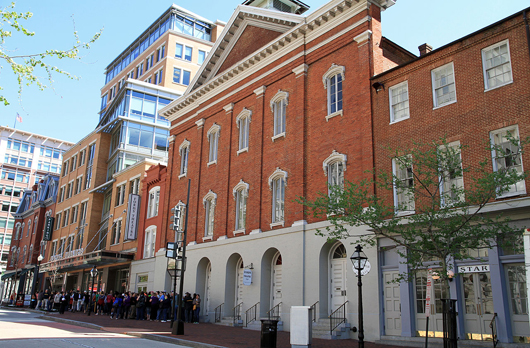MONTROSE, Calif. (LAPRS) – Among antiquities connoisseurs, there are two non-negotiables when considering a new acquisition: authenticity and the assurance that a dealer will stand behind their merchandise. It was those two principles that served as the foundation for Gabriel Vandervort’s Ancient Resource auction house. A former writer and producer of ancient-history documentaries for History Channel, Discovery Channel and other respected TV networks, Vandervort built Ancient Resource into a globally respected brand by committing to research, authentication and uncompromising adherence to laws governing the sale of cultural artifacts.
Ancient Resource unequivocally guarantees every item it sells, including the 375 lots entered in its March 8 Fine Ancient Artifacts Auction. Absentee and live online bidding will be available through LiveAuctioneers.
As is the tradition with Ancient Resource auction events, the first 25 lots are interesting pieces whose estimates make them especially attractive to beginners. They are followed by logically organized groupings of premium-quality artifacts to please even the most discerning collector.
Sitting regally at the center of auction activity is Lot 35B, a superb circa 664-332 BC Egyptian polychrome wood sarcophagus from the Late Dynastic Period. The sarcophagus is anthropomorphically formed and painted with a haunting expression on a white face, black eye and eyebrow detailing, and red lips. The male figure is depicted wearing a black tripartite wig and short, ribbed faux beard. An elaborate painted collar displays bands of geometric shapes, rosettes, lotus palms and flowers. Near the bottom are five columns of hieroglyphic text – a formula for an offering to Osiris “who resides in Ipu,” which is modern-day Akhmin.
The 66½inch sarcophagus, previously held in a New York private collection, was purchased from Samuel Haddad Works of Art in 1983. The latter dealer acquired the historical treasure from the government of Anwar Sadat in the 1970s. It is accompanied by a copy of a certificate of authenticity from Samuel Haddad Works of Art, as well as a copy of a 1983 payment docket pertaining to its purchase. Its auction estimate is $80,000-$100,000.
Lot 91, an exceptionally fine Roman bronze ewer with provenance from the Ernest Freemark collection (active 1913-1915), dates to around the 1st century AD. The 9½-inch vessel has an unusual handle whose top is formed as a woman’s torso, with depictions of two animal heads on the terminal and a draped female torso at the base. A stellar example, the heavily green-patinated ewer has remained in the Freemark and related Knickerbocker family for over a century. Estimate: $5,000-$6,000.
An impressive Greco-Roman marble head of a satyr, Lot 109C, exhibits attributes of Zeus-Ammon with its mustache, short beard, hair in tight curls, and semicircular ram’s horn around each ear. Published in M.B. Comstock/C.C. Vermeule’s 1976 reference Sculpture in Stone – The Greek, Roman and Etruscan Collections of the Museum of Fine Arts Boston, the work is said to represent “The mythological triumph of Dionysus in India and the real or legendary achievements of Alexander the Great in Egypt and the East.” Once held in the Charles Callahan Perkins collection (1823-1886), the 9-inch marble head could reach $40,000-$50,000 at auction.
A circa 1st century AD Roman marble statue of a goddess, probably Laetitia, stands 34½ inches high and is considered quite rare. “Most images of Laetitia, who was a minor goddess, are seen on coins, but very seldom in three-dimensional form,” said Vandervort, adding, “Originally, the figure’s right hand would have been aloft, perhaps holding a wreath.” With provenance from the Noble collection of New Jersey, the statue is estimated at $30,000-$40,000.
From the same period but of Egyptian origin, a blue composition head of a man is adorned with a tight-fitting headdress with uraeus (upright cobra) and possibly depicts a pharaoh or emperor. A small but very select artwork with handsome, well-proportioned features, the mounted 2½-inch head was formerly part of the Ligabue collection, Venice. Bidding on this piece, cataloged as Lot 73B, could reach $5,000-$6,000.
Two fascinating examples of how to walk like an Egyptian are offered consecutively in the March 8 sale. Lot 82 is a Byzantine (4th-7th century Egypt) soft leather slipper with medallion – remarkable in that it might be regarded as fashionable even today. Intact, with provenance from a noted Orange County, Calif., private collection, it is estimated at $2,000-$2,500. From the same collection and time period comes Lot 81, a rare Byzantine leather sandal with a thick sole formed from tightly woven leather straps, and a loop for the big toe. Estimate: $1,000-$1,500.
Those who collect Etruscan pottery would surely appreciate Lot 168, an imaginatively decorated Bucchero oinochoe, circa 6th century BC. The entire 10-2/5 inch vessel is trimmed with concentric lines and zigzag bands and incised with decorations of animals, rosettes and shield devices. Tremendously appealing, this piece came from the private collection of a German artist and art collector who purchased it in the third quarter of the 20th century. It is estimated at $4,500-$6,000.
Other top highlights include Lot 284, a heavy Tairona gold pendant of a menacing, sharp-toothed shaman in transition (Colombia, circa 1000-1500 AD), estimate $15,000-$18,000; and Lot 118, a wonderfully dressed and accessorized 20.3-inch terracotta figure of Aphrodite (Eastern Mediterranean, circa 4th-2nd century BC), $10,000-$12,000.
Many other categories appear in the auction catalog, including Egyptian textiles, early weapons, oil lamps, Bactrian seals and weights; Roman glass, beaded jewelry, Indus Valley and Asian utilitarian art; and Native-American and Pre-Columbian art from various cultures. Also, there are four Mesopotamian cuneiform tablets. “Well-provenanced cuneiform artifacts like these are in high demand,” Vandervort noted.
Bidders can feel completely confident about the antiquities offered in the sale, Vandervort said. “I turn down 95 percent of what’s offered to me because I’m not convinced about the items’ authenticity or provenance. We represent only authentic pieces that are legal to sell and which were obtained from carefully screened consignors.”
Ancient Resource’s March 8, 2015 auction will commence at 11 a.m. Pacific Time / 2 p.m. Eastern Time. Please note: In the USA, clocks will move forward by one hour on March 8 due to Daylight Saving Time. For additional information about any item in the auction, call 805-427-4432 or 818-425-9633; or email ancientresourceauctions@yahoo.com. Visit www.AncientResourceAuctions.com.
View the online auction catalog and sign up to bid absentee or live via the Internet on auction day at www.LiveAuctioneers.com.
# # #
 View the fully illustrated catalog and register to bid absentee or live via the Internet as the sale is taking place by logging on to www.LiveAuctioneers.com.
View the fully illustrated catalog and register to bid absentee or live via the Internet as the sale is taking place by logging on to www.LiveAuctioneers.com.
ADDITIONAL LOTS OF NOTE
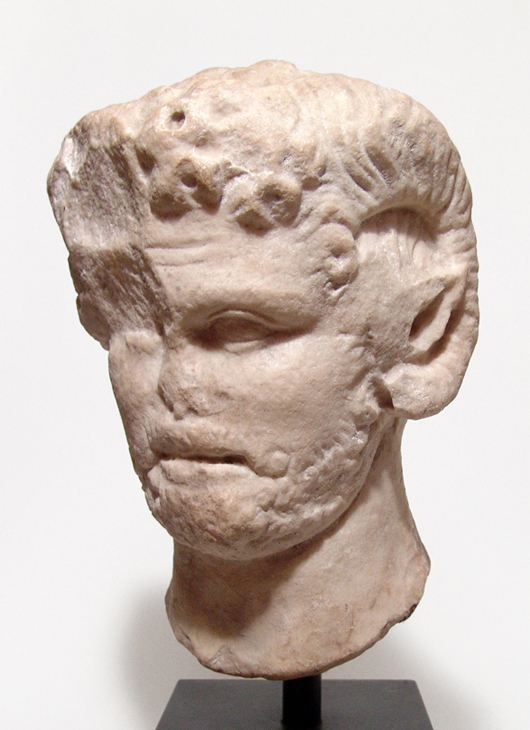
Greco-Roman marble head of satyr with attributes of Zeus-Ammon, circa 1st-2nd century AD, 9 inches, book example. Provenance: Charles Callahan Perkins collection (1823-1886). Ancient Resource image
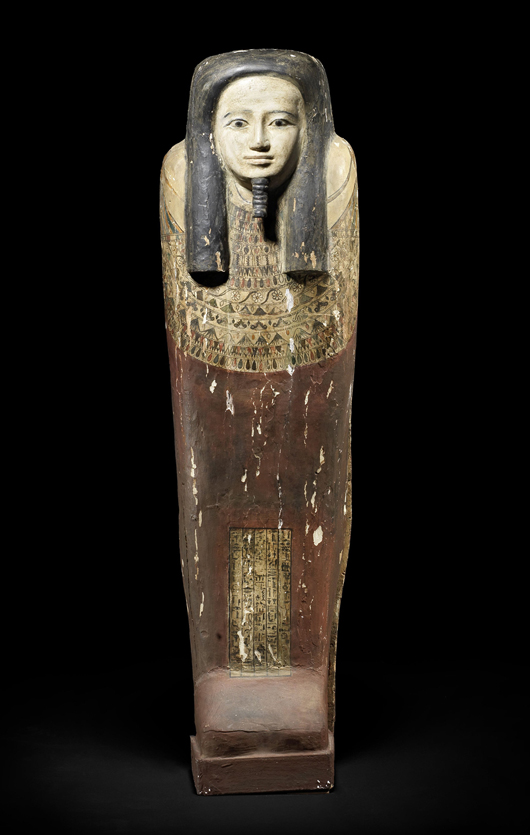
Circa 664-332 BC Egyptian polychrome-painted wood sarcophagus from Late Dynastic Period, displays hieroglyphic text, COA from Samuel Haddad Works of Art, NY; acquired from government of Anwar Sadat in 1970s. Est. $80,000-$100,000. Ancient Resource image
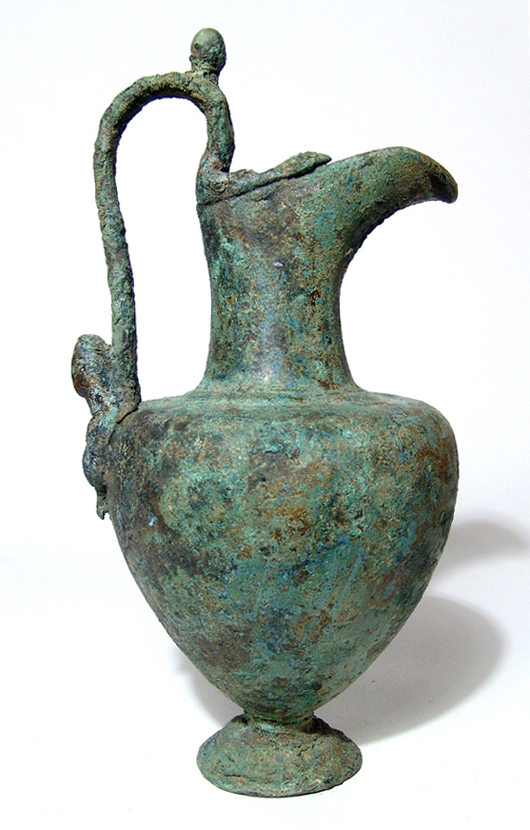
Roman bronze ewer, circa 1st century AD, 9½ inches, ex Ernest Freemark collection formed 1913-1915, ex Knickerbocker family collection, New York. Est. $5,000-$6,000. Ancient Resource image
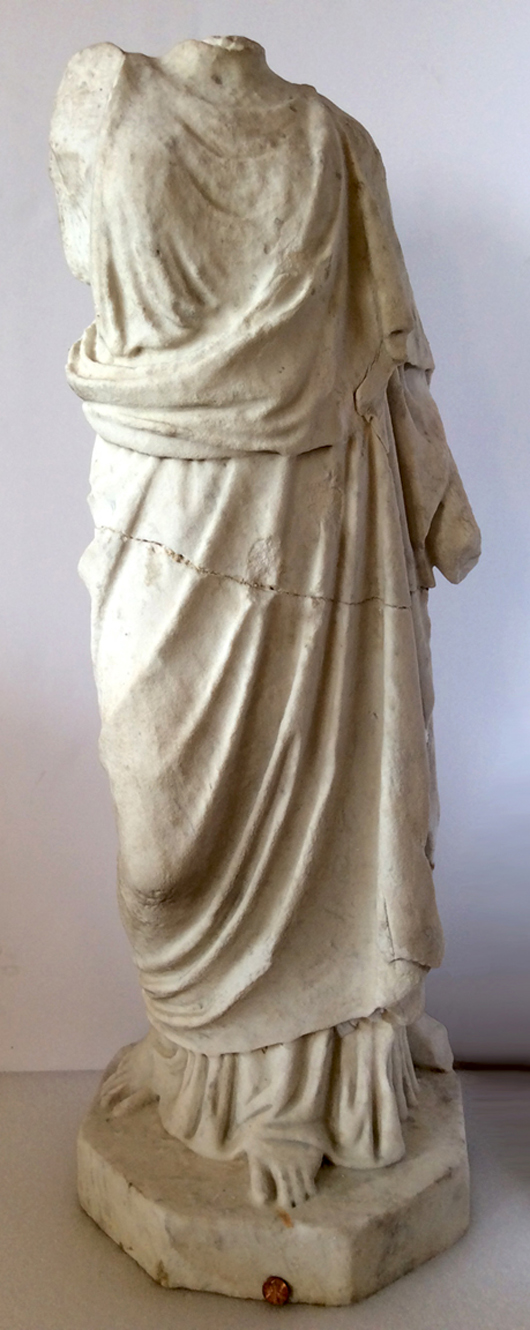
Roman marble statue of a goddess, probably Laetitia, circa 1st century AD, ex Noble collection, New Jersey. Est. $30,000-$40,000. Ancient Resource image
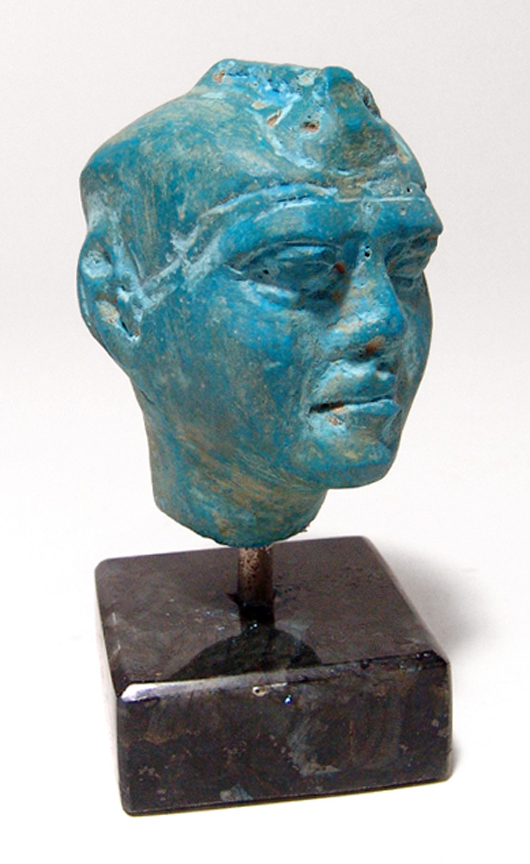
Egyptian blue composition head of a man wearing a headdress with uraeus, possibly a pharaoh or emperor, Roman Period, circa 1st century AD. Ex Ligabue collection, Venice. Est. $5,000-$6,000. Ancient Resource image
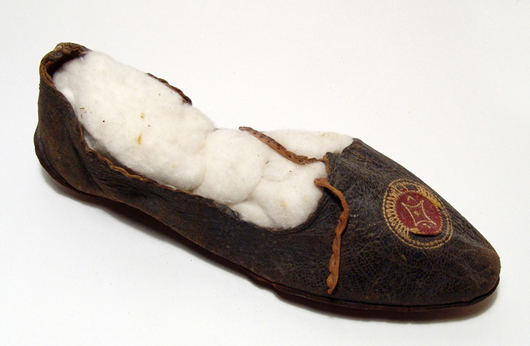
Rare Byzantine embroidered leather shoe, Egypt, 4th-7th century AD, ex Orange County, Calif., private collection. Est. $2,000-$2,500. Ancient Resource image
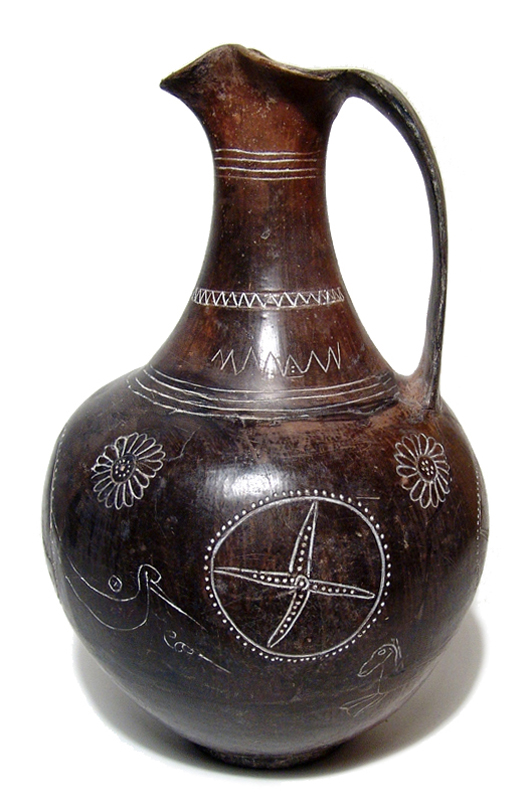
Etruscan decorated Bucchero oinochoe, Italic, circa 6th century BC, ex German private collection. Est. 4,500-$6,000. Ancient Resource image
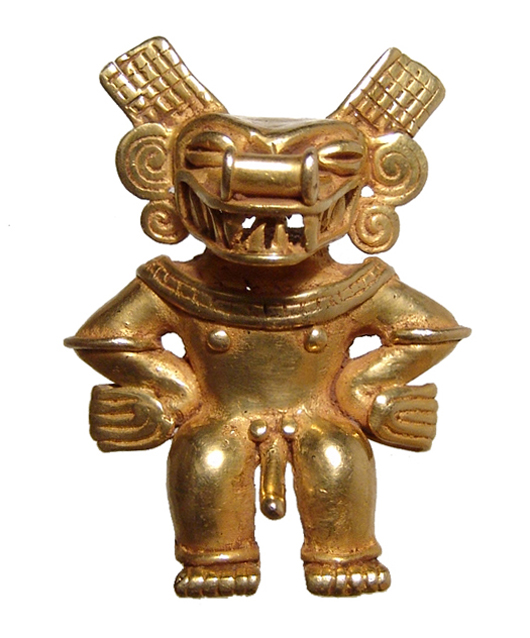
Tairona pendant of shaman in transition, Colombia, circa 1000-1500 AD, high carat gold weighing 1½ oz / 42.60 grams. Ex HD Enterprises, ex Midwest private collection. Est. $15,000-$18,000. Ancient Resource image
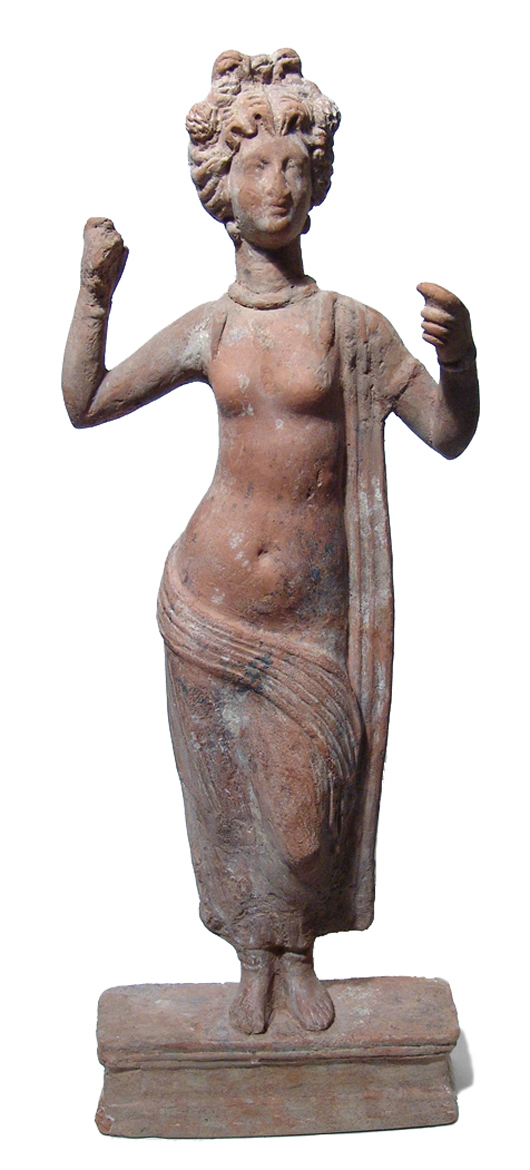
Eastern Mediterranean terracotta figure of Aphrodite, circa 4th-2nd century BC, 20-1/3 inches. Ex Connecticut private collection. Est. $10,000-$12,000. Ancient Resource image



